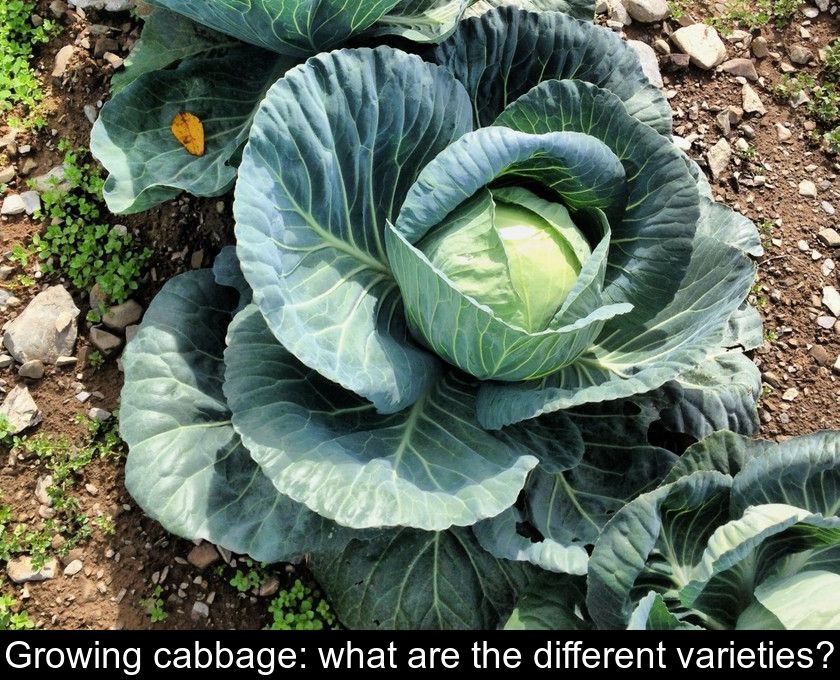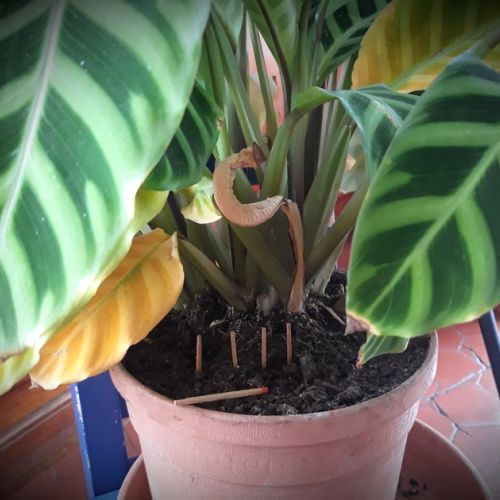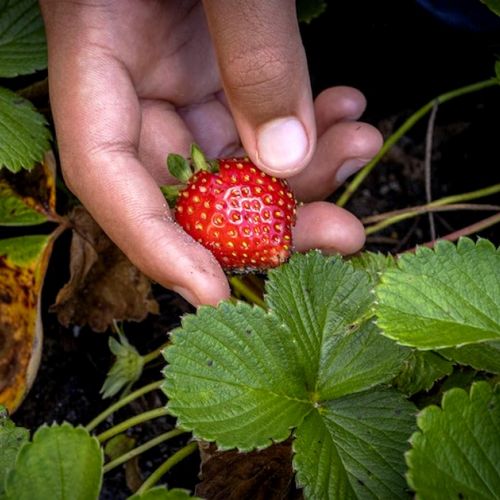Growing Cabbage: What Are The Different Varieties?
Cabbage is a native European vegetable that has been cultivated there for thousands of years. Over the years, it has taken on very different forms, but they are all planted and grown in the same way. We suggest you discover the different varieties of cabbage.
A vegetable of European origin
All of the cabbage found on market stalls and in gardens today came from a wild plant that grew on European coasts.
Over the centuries, cabbage has undergone so much breeding that there are now many species and varieties, which thrive in all temperate climates.
Cabbages, which belong to the large Brassicaceae family, are a must in the vegetable garden throughout the fall and winter.
The 8 main types of cabbage
In the vast Brassicaceae family, there are 8 major kinds of cabbage that are widely grown in gardens for their gustatory interest and ease of cultivation.
So here are the 8 kinds of cabbage you can welcome in your vegetable garden:
1- cabbages such as smooth-leaf cabbages and blistered-leaf savoy cabbages. You should also know that red cabbage is a type of cabbage with purplish foliage.
2- the cauliflower and its Italian variant the romanesco cabbage with conical florets so aesthetically pleasing
3- the broccoli which also comes to us from Italy
4- the Brussels sprout which is shaped like a tree one meter high. Its advantage is that it can be harvested throughout the winter.
5- Chinese cabbage: there are mainly two types (pe-tsai and bok choy), one of which resembles romaine lettuce and the other... chard!
6- Kohlrabi which looks like a turnip and comes in several white or Purple varieties
7- kale or green cabbage, nowadays very fashionable under the name of kale
8- the perennial Daubenton's cabbage which is also currently in vogue, but was once used as a fodder plant to feed livestock.
Easy to grow leafy vegetables
Cabbages are hardy plants that like deep, cool, rather chalky soil.
All cabbages, except Brussels sprouts, prefer fairly well-smoked soil. When starting, remember to hoe to clean the soil at the foot of your young plants. Afterwards, their large leaves will prevent the growth of weeds.
Take advantage of hoeing to boot the cabbages, i.e. to bring the soil back to their foot so that they have a better anchorage.
They enjoy exposure to full sun, but fear long periods of drought. That's why you'll need to make sure you water them regularly from spring to autumn, so as to keep the soil cool.
Growing vegetables from the Brassicaceae family is fairly easy. Their main drawback is that they attract various Insects such as cabbage flies, cabbageworms and cabbage aphids.
Vegetables with multiple benefits
As the above list demonstrates, cabbages offer a wide range of shapes and flavors.
They are very interesting to gardeners because of their diversity and ease of cultivation but also for their taste and nutritional qualities.
In the vast Brassicaceae family, some can be eaten raw, while others can be cooked. But all have an impressive nutritional wealth.
The vegetables of this family are indeed known for their richness in antioxidants that protect cells from aging. This is particularly true of broccoli, which is a champion in flavonoids and carotenoids.
These unjustly ignored leafy vegetables also contain calcium, vitamin K, vitamin B9 and an interesting proportion of fibre which helps intestinal transit.
So, if you don't know how to decorate your garden this winter, plant cabbage!











